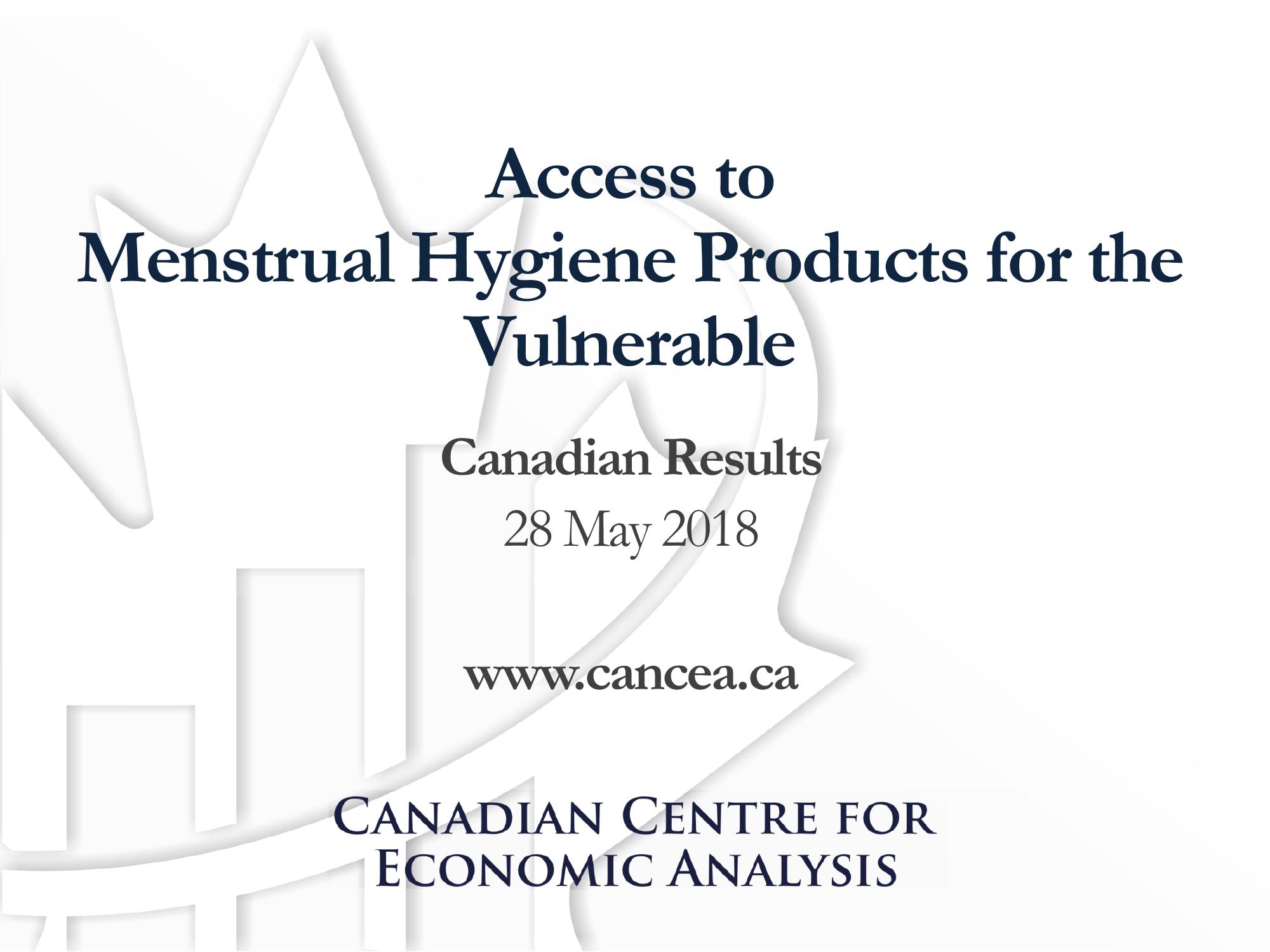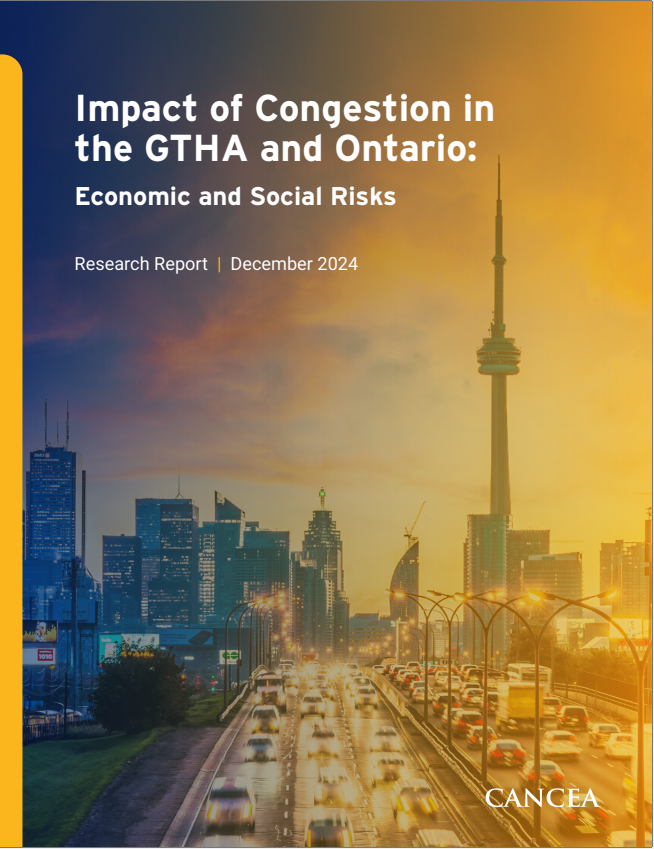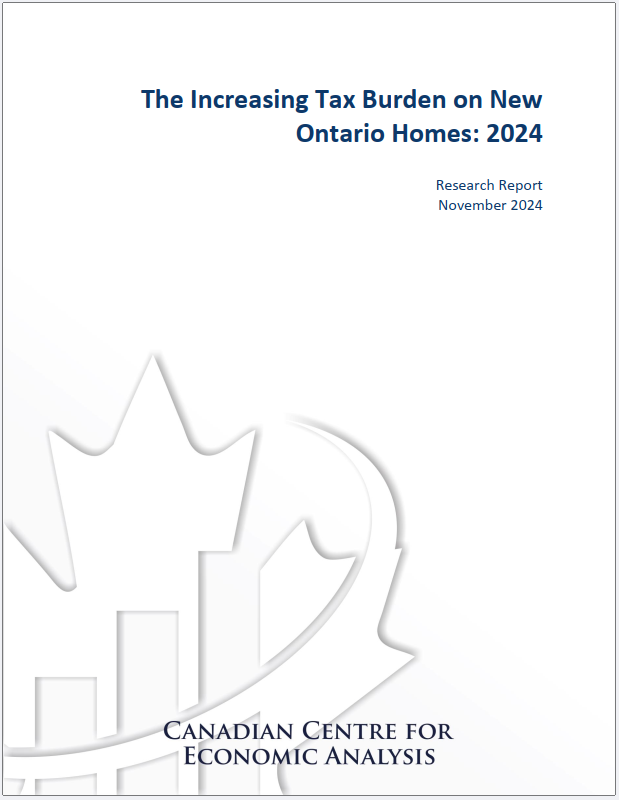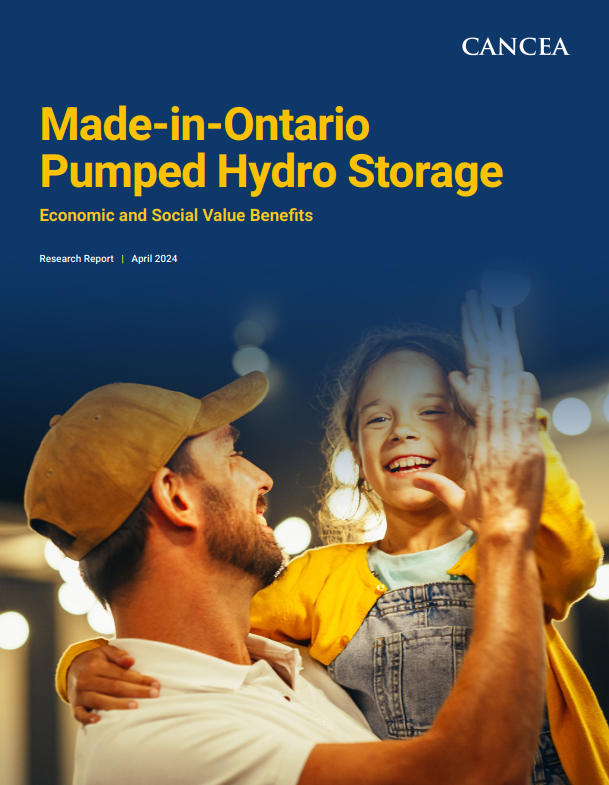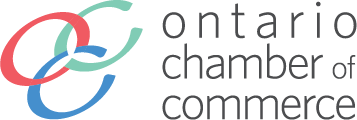Women who are homeless or live on limited income face many difficulties such as finding shelter, a safe place to sleep for the night, and food. However, once a month, they face an additional stressor that is even more difficult to manage living on the margins: dealing with their menstrual cycle. For women in such circumstances the limited resources means making trade-offs and sacrifices when it comes to staying healthy and clean during their cycle. Women may use everything from toilet paper to socks to newspapers, forego food or public transit, or steal in order to get access to menstrual product supplies.
In 2016, New York City passed Bills 1122-A, 1123-A, and 1128-A, which guaranteed access to essential feminine hygiene products for all female department of correction inmates, persons residing in a city shelter and youth under the care of certain Children’s Services facilities, and public school students (City of New York, 2016).
The objective of this study was to gain a sense of the magnitude of the problem in Canada and what it may cost to have a policy that solves it. Two policies were considered:
- Policy 1: “Vulnerable girls and women”: Includes:
- Female shelter users
- School age population (standard low income measure households)
- Policy 2: “Limited Circumstances & all schools”: Consistent with recent NYC legislation
- Female shelter users
- Female incarcerated population
- All school age population
Under Policy 1, the results of a policy to provide sanitary products to vulnerable girls and women across Canada are:
- Over 204,000 girls and women would be helped of which 13% are female shelter users and 87% are school age in low income circumstances
- This number is expected to grow by 11% over the next 10 years
- Up to 68 million disposable menstrual products would be used under this policy
- The total annual expected cost of the program is $18 million including $15 million for sanitary products and $3M for distribution/administration (assuming 20% overhead)
- Average annual total cost per person helped is $87
Under Policy 2, the results of a policy to provide sanitary products to girls and women in limited circumstances & all schools across Canada are:
- Over 882,000 girls and women would be supported of which 3.1% are female shelter users, 20% are school age in low income circumstances, 0.2% are incarcerated, and 77% for school age population from non-low income family
- Up to 290 million disposable menstrual products could be used under this policy
- The total annual expected cost of the program is $77 million including $72 million for sanitary products, $5M distribution/administration (20% assumed)
- Average annual total cost per person helped is $87
